Table of Contents
- Direct Answer: Is Aleppo Pepper Spicy?
- Understanding Aleppo Pepper's Heat Level (10,000-30,000 SHU)
- How Aleppo Pepper Compares to Other Common Peppers
- Beyond Heat: The Unique Flavor Profile of Aleppo Pepper
- Practical Cooking Tips for Using Aleppo Pepper
- What to Look for When Buying Authentic Aleppo Pepper
- Frequently Asked Questions About Aleppo Pepper Heat
Direct Answer: Is Aleppo Pepper Spicy?
Yes, Aleppo pepper is mildly spicy with a heat level ranging from 10,000 to 30,000 Scoville Heat Units (SHU). It delivers noticeable but manageable heat that's milder than cayenne pepper yet hotter than jalapeño. What makes Aleppo pepper special is how its moderate spiciness is perfectly balanced with smoky, slightly sweet, and subtly fruity notes - creating a complex flavor experience rather than just heat.

Understanding Aleppo Pepper's Heat Level (10,000-30,000 SHU)
Aleppo pepper's position on the Scoville scale places it firmly in the moderately spicy category. To put this in perspective:
- It's about 2-3 times hotter than a jalapeño (2,500-8,000 SHU)
- Slightly milder than standard cayenne pepper (30,000-50,000 SHU)
- Significantly less intense than habanero (100,000-350,000 SHU)
- About 30,000 times milder than the hottest peppers like Carolina Reaper
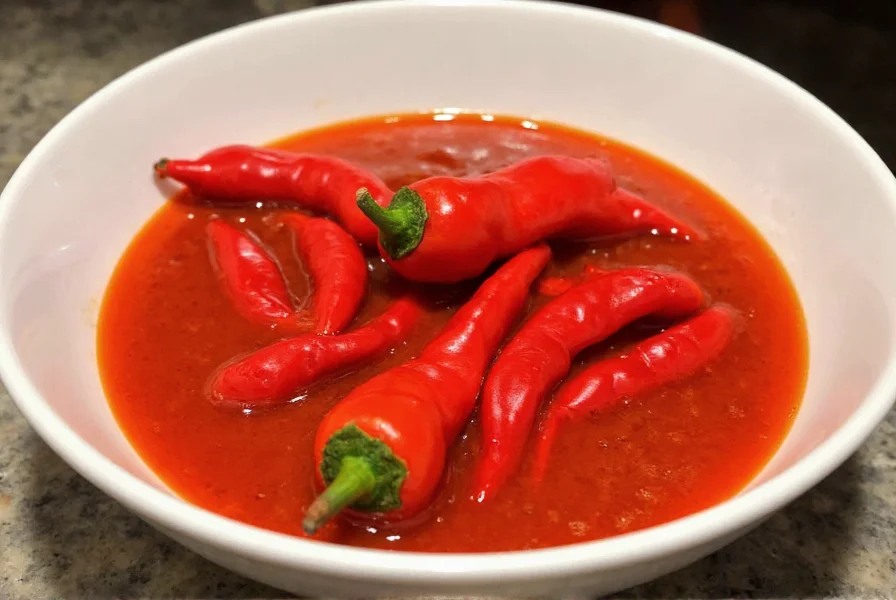
This moderate heat level makes Aleppo pepper accessible to most palates - including those who typically avoid spicy foods. Unlike many hot peppers that deliver one-dimensional heat, Aleppo pepper's spiciness develops gradually and is complemented by its distinctive flavor profile.
How Aleppo Pepper Compares to Other Common Peppers
Understanding where Aleppo pepper falls on the heat spectrum helps determine when to use it in cooking:
| Pepper | Heat Level (SHU) | Heat Comparison to Aleppo | Best Uses |
|---|---|---|---|
| Aleppo Pepper | 10,000-30,000 | Baseline | Finishing spice, Mediterranean dishes, roasted vegetables |
| Jalapeño | 2,500-8,000 | 2-3x milder | Salsas, nachos, Mexican dishes |
| Cayenne Pepper | 30,000-50,000 | 1.5-2x hotter | Hot sauces, spice blends, baking |
| Habanero | 100,000-350,000 | 4-10x hotter | Extreme heat applications, Caribbean cuisine |
| Bell Pepper | 0 | No heat | Raw applications, stuffed peppers |
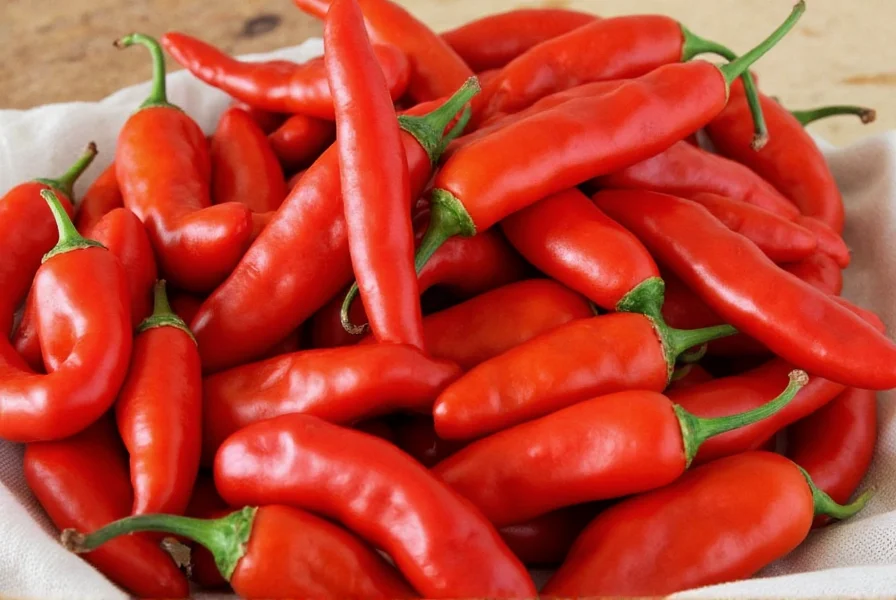
Beyond Heat: The Unique Flavor Profile of Aleppo Pepper
What truly distinguishes Aleppo pepper from other moderately spicy peppers is its complex flavor profile:
- Smoky depth: Gained from the traditional sun-drying process over橄榄 oil
- Sweet undertones: Natural fruitiness that balances the heat
- Slight tang: A subtle citrus-like note that brightens dishes
- Earthy complexity: Richness that develops when cooked
Unlike many hot peppers that deliver primarily heat with minimal flavor complexity, Aleppo pepper provides a complete sensory experience. The heat builds gradually rather than hitting all at once, allowing you to appreciate the full flavor profile before the spiciness fully develops.
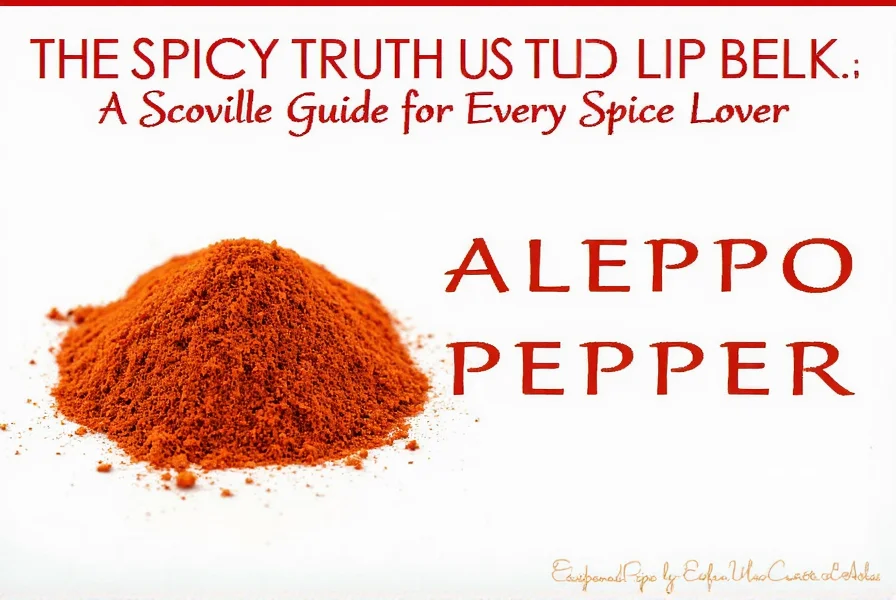
Practical Cooking Tips for Using Aleppo Pepper
Maximize Aleppo pepper's unique qualities with these evidence-based techniques:
- Use as finishing spice: Sprinkle 1/4-1/2 teaspoon over finished dishes to preserve its delicate flavor (heat degrades with prolonged cooking)
- Balance rich foods: Its acidity cuts through fatty foods - perfect on roasted meats, hummus, or avocado toast
- Create compound butter: Mix 1 teaspoon Aleppo pepper with 4 tablespoons softened butter and lemon zest
- Enhance roasted vegetables: Toss vegetables with olive oil and Aleppo pepper before roasting
- Adjust for heat sensitivity: Start with 1/8 teaspoon and increase gradually - the heat builds over time
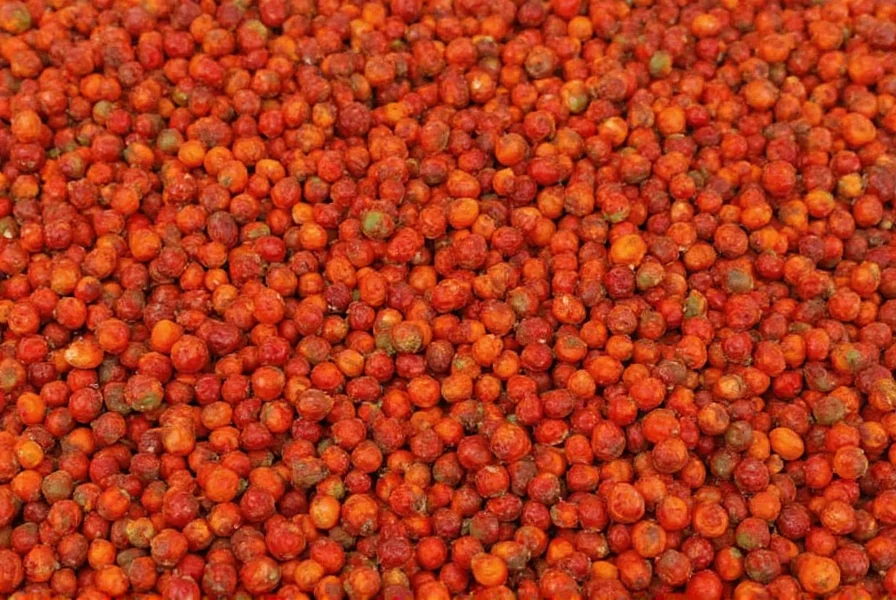
Professional chefs note that Aleppo pepper works particularly well in dishes where you want noticeable heat without overwhelming other flavors. Its moderate spiciness makes it ideal for weeknight cooking where you want to serve multiple people with varying heat tolerances.
What to Look for When Buying Authentic Aleppo Pepper
Not all Aleppo pepper products deliver the authentic flavor and heat profile. Choose wisely with these criteria:
- Origin verification: Authentic Aleppo pepper comes from Syria or Turkey (look for specific regional indications)
- Color: Deep burgundy to brick red (avoid brownish or faded colors)
- Texture: Flaky consistency, not fine powder
- Aroma: Should have a noticeable smoky-sweet fragrance when opened
- Packaging: Opaque containers that protect from light degradation
Be wary of products labeled "Aleppo-style" which may be blends with other peppers. The best quality Aleppo pepper will specify it's made from Halaby peppers (the traditional variety) and will have a harvest date or "best by" date within 12-18 months.
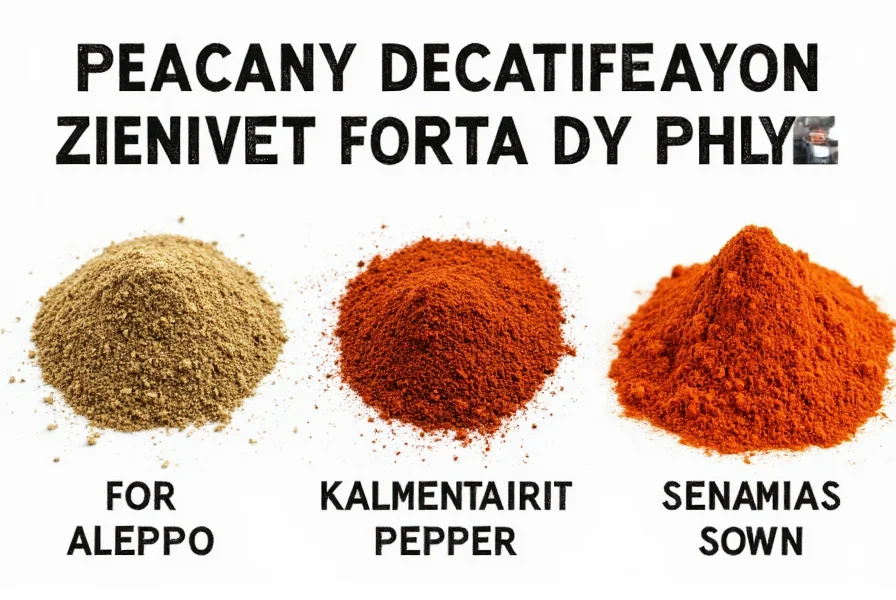
Frequently Asked Questions About Aleppo Pepper Heat
How spicy is Aleppo pepper compared to everyday peppers?
Aleppo pepper is moderately spicy at 10,000-30,000 SHU. It's about 2-3 times hotter than a jalapeño but noticeably milder than cayenne pepper. Most people describe it as having "just enough" heat to be interesting without being overwhelming, making it accessible to those who don't typically enjoy spicy foods.
Will Aleppo pepper make my dish too hot for guests?
Generally no - Aleppo pepper's moderate heat level (10,000-30,000 SHU) makes it one of the most guest-friendly spicy options. Unlike cayenne or habanero, it won't overwhelm most palates. Start with 1/4 teaspoon per serving and let guests add more at the table if desired.
Why does Aleppo pepper feel different than other spicy peppers?
Aleppo pepper delivers heat differently than many common peppers. Its capsaicinoids (the compounds that create heat) activate more gradually and are balanced by natural sugars and acids. This creates a warming sensation that builds slowly rather than an immediate burning sensation, with the heat typically fading within 5-10 minutes rather than lingering.
Can I substitute Aleppo pepper if I want less heat?
Yes, if you want less heat while maintaining similar flavor, use smoked paprika mixed with a small amount of cayenne (3:1 ratio). For closer heat matching, use ancho pepper with a touch of smoked paprika. Remember that substitutes won't perfectly replicate Aleppo's unique flavor profile but can work in a pinch.
Does the heat level of Aleppo pepper vary between brands?
Yes, there can be significant variation. Quality Aleppo pepper should consistently fall within 10,000-30,000 SHU, but some commercial blends may be weaker (down to 5,000 SHU) or stronger (up to 40,000 SHU). Look for products that specify their heat range, and when in doubt, start with less and adjust to taste.

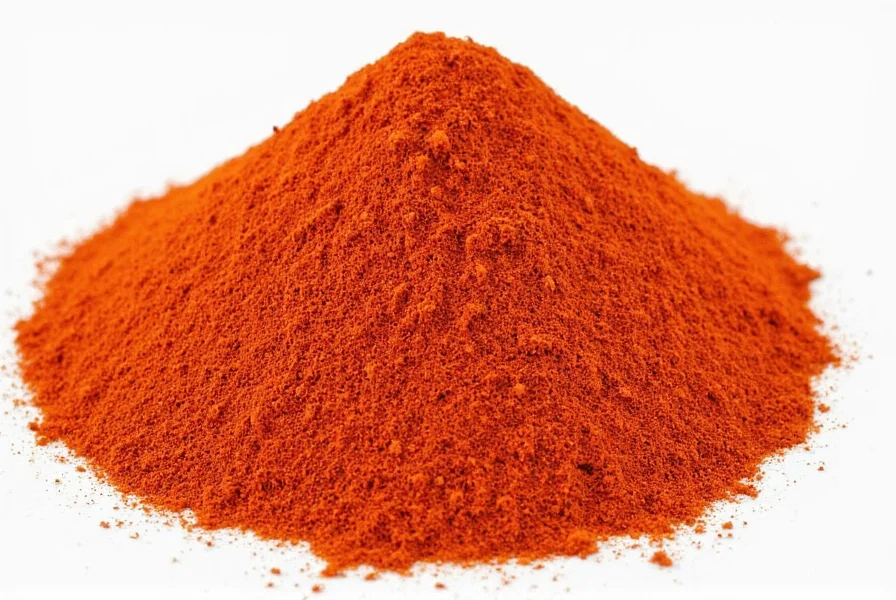









 浙公网安备
33010002000092号
浙公网安备
33010002000092号 浙B2-20120091-4
浙B2-20120091-4